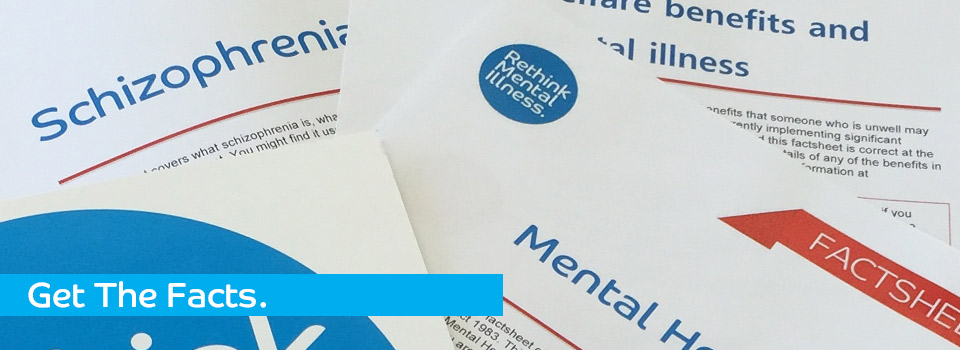
 In a matter of days, the semicolon tattoo has become an overnight sensation. For those who have not heard of the The Semicolon Movement, it was created on Tumblr “to restore hope and confidence in people who are troubled by addiction, depression, self-harm, and suicide.” It is a way to tell the world, “my story isn’t finished yet.” Since its introduction, many have chosen to permanently place the semicolon tattoo on themselves as an everyday reminder that they are more than their mental illness. In 2012, over 43 Million Americans battled a mental illness. Personally, I think this number is substantially higher, as there are a number of people who have either not been formally diagnosed, or are ashamed to admit they battle mental illness due to the stigma surrounding it. This movement, this small punctuation mark, aims to end that stigma, end the silence, and get the conversation started.
In a matter of days, the semicolon tattoo has become an overnight sensation. For those who have not heard of the The Semicolon Movement, it was created on Tumblr “to restore hope and confidence in people who are troubled by addiction, depression, self-harm, and suicide.” It is a way to tell the world, “my story isn’t finished yet.” Since its introduction, many have chosen to permanently place the semicolon tattoo on themselves as an everyday reminder that they are more than their mental illness. In 2012, over 43 Million Americans battled a mental illness. Personally, I think this number is substantially higher, as there are a number of people who have either not been formally diagnosed, or are ashamed to admit they battle mental illness due to the stigma surrounding it. This movement, this small punctuation mark, aims to end that stigma, end the silence, and get the conversation started.
I often talk about the importance of conversation as it pertains to mental illness. The belief systems that continue to stand the test of time are far from the realities of those who battle mental illness everyday. Megan describes it best on her blog noting, “For most of my life, I’ve struggled with depression. Its form (and severity) has changed over the years depending on the stage of my life, but it’s always been there and likely always will be. I’ve found ways to cope – exercise, therapy, solo travel, happy pills – and I have a support system that rivals no other. But what most people fail to realize is that if depression is chronic – and not situational – it’s not something you can “just get over” or “snap out of.” It’s chemical.” What the stigma continues to do, is isolate those who battle mental illness on a daily basis. It makes them feel alone; it makes them feel like something is wrong with them. Would we tell someone with cancer, that there is something wrong with them? No. We walk for them, we run for them, we raise money for them, and most importantly, we support them. We do not blame them for their illness; we stand next to them, often carrying them when they are too weak to carry themselves. Both illnesses are out of the control of the person who has been diagnosed with them. Yet, one is isolating, and the other brings forth more support than you may have had before.
As a grief therapist, working exclusively with survivors of suicide, I have found a trend. Every survivor notes that the loved one they lost presented themselves as happy and full of life. I remember my father’s own funeral like it was yesterday. We had to set up an overflow room, due to the amount of people that attended his service. Everybody had a story about my father. While each story was different all of them ended the same way. “He was always so happy,” they would say. “He always made me smile.” Nobody could understand how THAT person’s life could end so tragically. I blame the stigma. I blame the lack of conversation. Open conversation about mental illness WILL save lives.
I thank every person who has become a part of this movement. I thank you for sharing your stories of struggle and perseverance with the rest of the world. THIS is how we end the stigma. THIS is how we prevent the loss of future lives.




[…] Source: The Importance of the Semicolon Tattoo – Our Side of Suicide […]